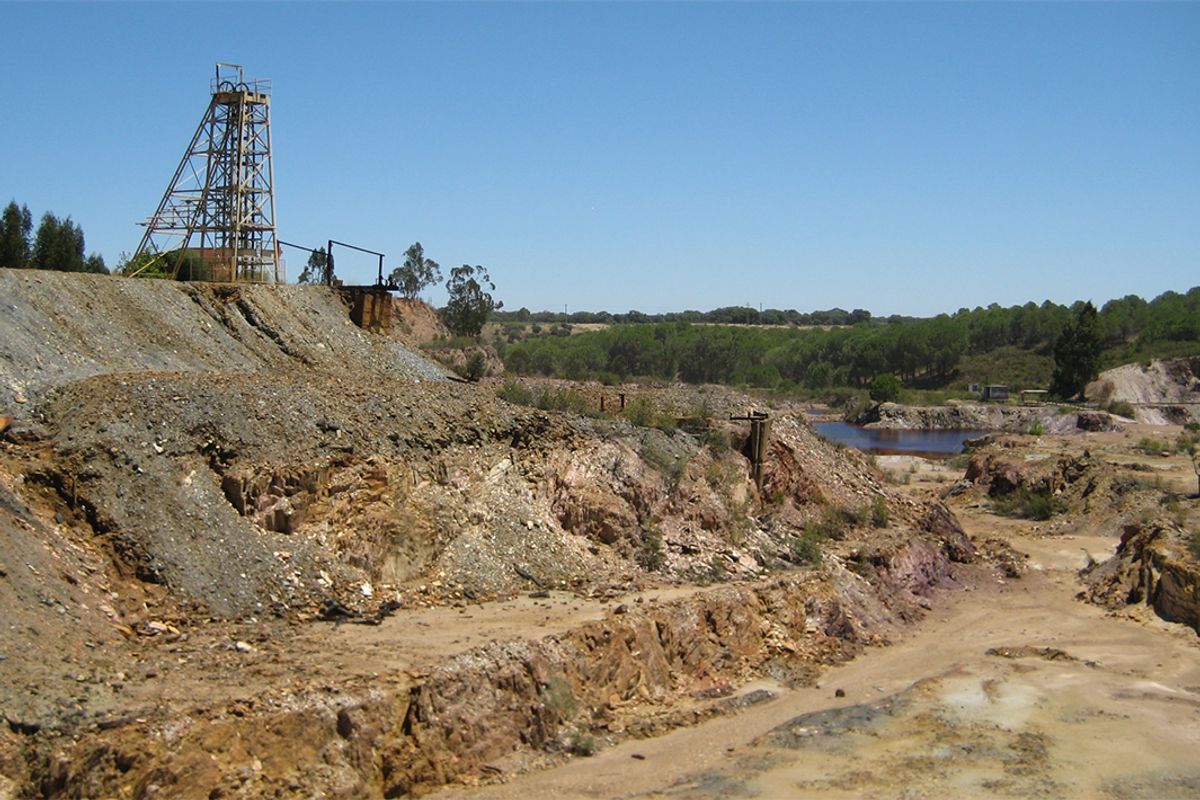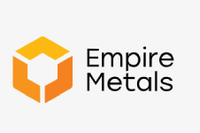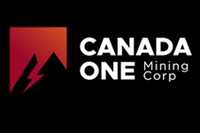
VMS deposits are incredibly attractive from both a mining perspective and an investment perspective.
Typically occurring as lenses of polymetallic massive sulfides, volcanogenic massive sulfide (VMS) deposits are major sources of copper, zinc, lead, silver and gold.
These deposits are frequently regarded as potential 'elephant country' due to their tendency to occur in clusters within mining districts. Factor in their size and longevity, and it becomes clear why these deposits are so valuable to investors.
Particularly against a backdrop of price fluctuations and supply chain instability, VMS deposits can act as a financial cushion for an investment portfolio.
However, not all VMS deposits are created equal. It's important to understand why certain resources are more desirable than others, from an investment perspective.
Cost effective, resource rich and long lived
This longevity is due in large part to how VMS deposits are formed. Underwater volcanic vents, known colloquially as black smokers, continually expel mineral-rich hydrothermal fluid. The minerals within the fluid precipitate on contact with water and settle onto the seafloor. This eventually forms several high-density deposits — a process that can take thousands of or even a few million years.
“Owing to the formation process and their distinctive, lenticular shape, VMS deposits almost always occur in clusters," said Paul Kuhn, president and CEO of Avrupa Minerals (TSXV:AVU). "The discovery of one target often leads to the discovery of others. VMS deposits can also be incredibly cost-effective, resource-rich and well-suited to open pit mining, if the mineralization lies close to the surface."
Avrupa maintains ownership of several VMS-focused projects, such as the Alvalade joint venture in the Iberian Pyrite Belt and multiple copper-zinc prospects in Finland's Pyhäsalmi mining district.
Positioned along the edge of the Iberian Peninsula and stretching from Setubal, Portugal, to Seville, Spain, the Iberian Pyrite Belt is the largest and most prolific copper-zinc-iron massive sulfide belt in the world. There are more than 90 known deposits in the Iberian Pyrite Belt, originally containing an estimated 2 billion metric tons (MT) of metal sulfide material. Today there are seven operating mines in the belt with at least three of them containing over 250 million MT of massive sulfide material.
Finland, meanwhile, is regarded as one of the top mining regions in Europe, thanks to its established industry and infrastructure, straightforward regulations, transparent costs and positive attitude towards mining and exploration. Mining in the Pyhäsalmi district has been ongoing since the early 20th century, and only in 2022 did the Pyhäsalmi mine cease extraction operations.
Drill results from the Sesmarias copper-zinc prospect in the Alvalade joint venture are promising, displaying strong mineralization of copper, lead, zinc and silver. The total thickness of sulfide mineralization at the Sesmarias is currently unclear, being complicated by post-mineral structural features. Working with its joint venture partner Sandfire MATSA, a subsidiary of Sandfire Resources (ASX:SFR), Avrupa recently completed a successful six-hole drilling program at Sesmarias, and is working with MATSA on new plans to drill 10 to 15 more follow-up holes in the Sesmarias Central Zone.
“Geochemical and geological results from drilling in the Sesmarias Central and South Zones have been a positive revelation following nine years of work at Sesmarias,” Kuhn said in the release. “The team has put together a great, drillable massive sulfide target, and the results are confirming the robustness of that target. It is clearly zoned along strike and proximity to the hinge zone in the central area, yet still has close to 2,000 meters of mineralized strike length potential."
VMS deposits around the world
There are over 900 VMS deposits worldwide, with at least 350 located in Canada. The oldest of these deposits dates back over 3 billion years.
Among the most studied and documented regions for VMS deposits in the world, Canada's Noranda district once housed multiple world-class projects and deposits. The Horne mine may be the best-known, producing 2.5 billion pounds of copper and 11.6 million ounces of gold between 1926 and 1976. Falco Resources (TSXV:FPC), which has been exploring the project since acquiring it from a previous owner in 2017, released an updated feasibility study in 2021 and has an existing agreement with Glencore (LSE:GLEN) to develop the Horne 5 project.
Canada also hosts the Flin Flon district in Manitoba, which has, since 1930, housed multiple producing mines owned by Hudbay Minerals (TSX:HBM,NYSE:HBM). The most recent was the company's flagship 777 mine, operational from 1999 to 2022. In July 2023, the company announced an exploration deal with Marubeni (TSE:8002), which could potentially result in 777's reopening.
Glencore’s Kidd mine — which has been operating since 1966 — is another example of a VMS deposit in Canada. The mine is located in Timmins, Ontario, and is the world's deepest base metal mine, operating at 9,800 feet below sea level, with its shaft bottom at 9,889 feet.
Asia also hosts significant VMS deposits. In Japan, the Kuroko VMS deposits have historically delivered significant amounts of copper, lead, silver, gold and zinc. Additionally, Saudi Arabia is home to the Khnaiguiyah zinc-lead-copper deposit, which became the subject of a multi-round auction for a 350 square kilometer mining license in 2022. The country recently awarded several other exploration licenses for VMS deposits in the region, as well.
Multiple clusters of VMS deposits can be found throughout Australia, the United States and Mexico, with the latter having likely formed between 66 million and 252 million years ago.
Unexplored and underexplored deposits aside, mining and exploration companies have also turned their attention towards deposits previously believed to be tapped out — and not just for exploration. Technological advancements over the past several decades have made it possible to recover significant resources from tailings.
Investor takeaway
VMS deposits are incredibly attractive from both a mining perspective and an investment perspective. For mining and exploration companies, the deposits are both profitable and cost-effective, containing a wide range of base and precious metals. For investors, they offer a hedge against market instability thanks to their mineralogical diversity.




